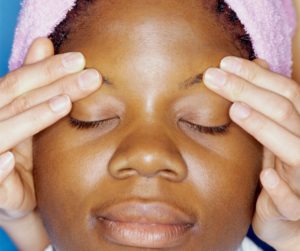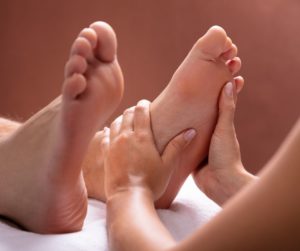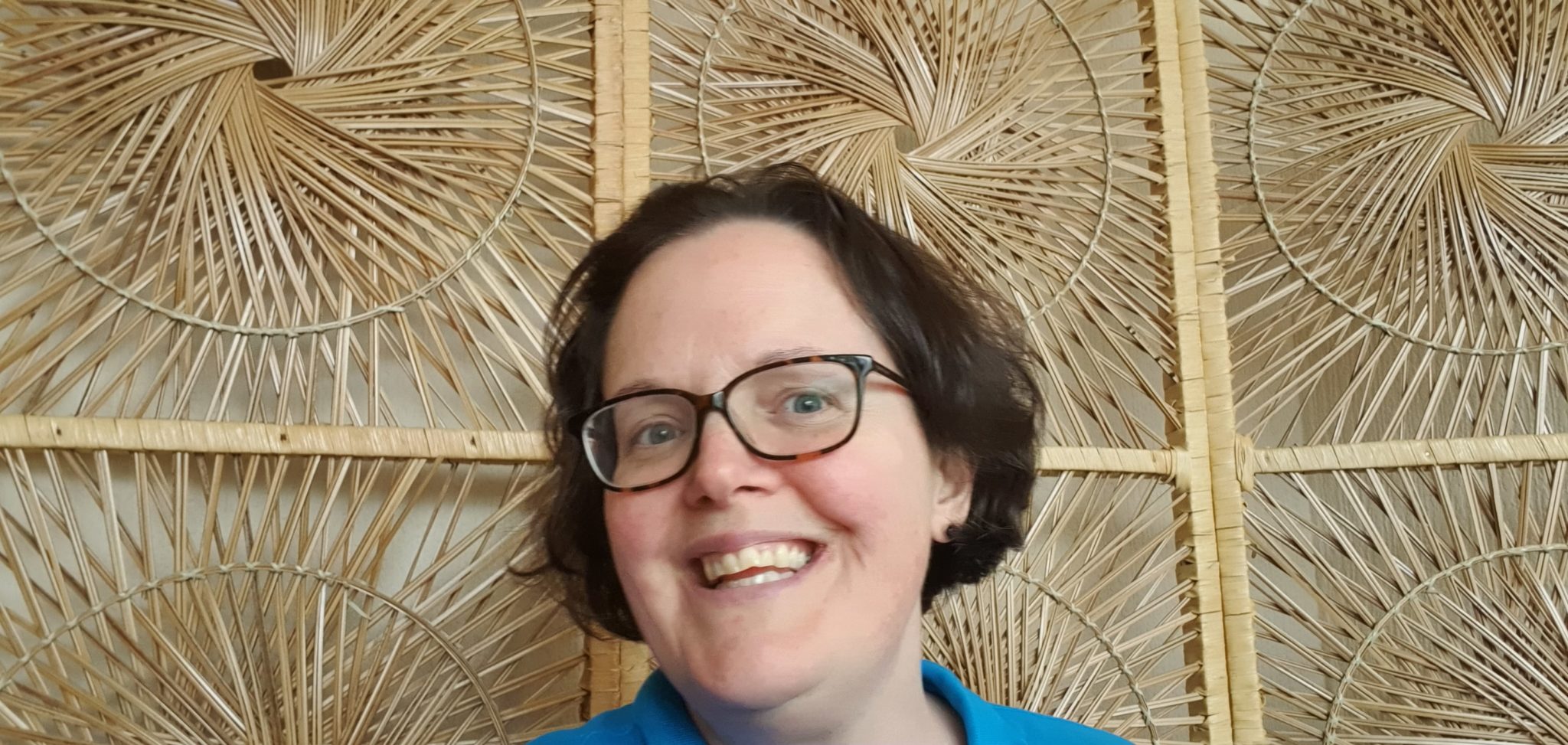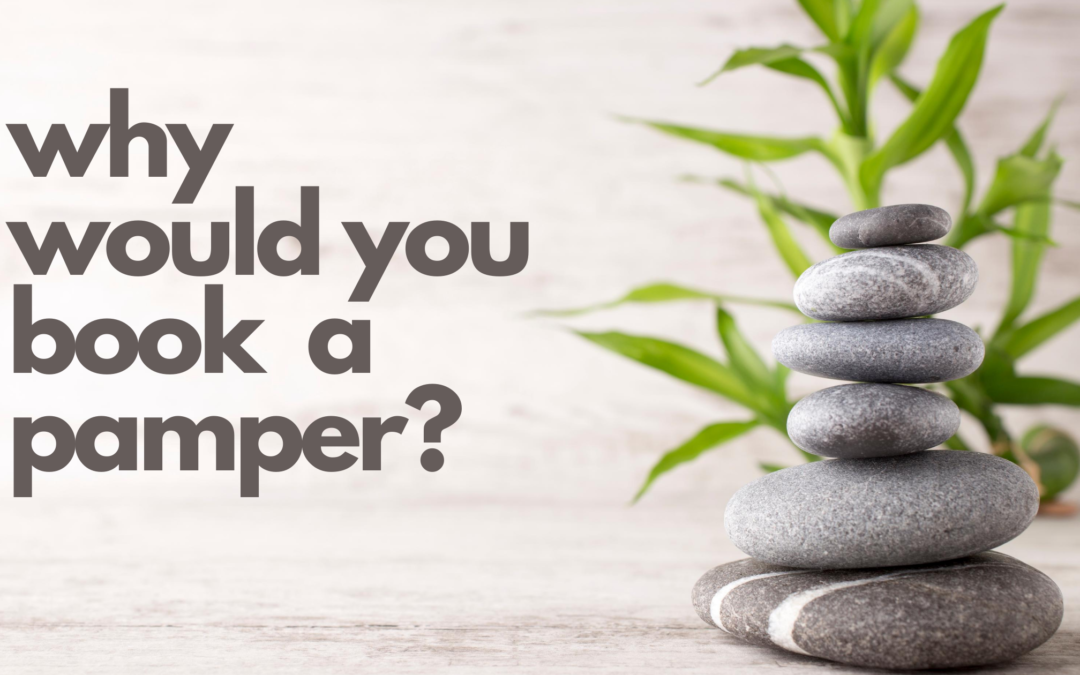If you don’t have therapies, you may think that booking an appointment is a pamper, something you have when you go to a spa to make you feel nice. I’ll be honest, before I trained as a therapist I thought exactly the same. I couldn’t justify the expense and I remember that during my first massage I wondered why on earth  people would have these done regularly!
people would have these done regularly!
So, why would you spend money on a pamper?
After deciding I was worth a bit of pampering and starting to embrace therapies a little bit more frequently (it may have been every 6-8 weeks), there was a slow dawning realisation that this was actually way much more than a pamper. I realised my thoughts about the therapy had switched from considering it as pampering to thinking about it as wellbeing.
I didn’t see it as a pamper, I saw it as a form of well-being.
The definition of pamper is ‘indulge with every attention, comfort, and kindness; spoil’ (thanks online dictionary!) And while a therapy can seem indulgent, something we don’t really need, the biggest switch is realising its not an indulgence, but part of our toolkit to stay feeling good. I realised that having regular therapies had many benefits and I found it stopped me feeling so achy, helped me feel calmer, and better able to face the crazy corporate world I worked in.
Since training in therapies, I’ve discovered our industry is so much more than a pamper. We have many who consider us as quacks, and to be honest I’m not surprised with some of the outrageous claims which get made. Many in our field are attempting to become more professional and move away from the absurd comments which are bandied around. Several therapies are now getting a nod for efficacy and a recognition of how they can help people. The research is slowly starting to be done, and hopefully in years to come we’ll see more.
Take, for example, lower back pain.
Doctors see many people who are experiencing lower back pain and in the acute phase there can be a physiological issue going on. This acute phase can often resolve itself in about 12 weeks but for some the pain continues. After this time, it begins to move into a chronic phase and while the initial injury is likely to be resolved, the brain is still registering pain signals.
It’s acknowledged that different types of massage can have different effects and current theory suggests massage, rather than loosening muscle, changes the nerve response to relax the muscle. Different speeds of massage and different pressure affects different nerve fibres: a slow gentle form of massage triggers c tactile fibres which help to calm and relax. Massage is also recognised to help release fascia restrictions; fascia is thin coating around our muscles, organs etc – if you think of a piece of chicken its the thin white layer between the skin and meat. Tightness in the fascia can also be a contributing cause of tension being felt and these changes to the fascia and nerve fibres can help people to perceive their pain differently.

Reflexology is another therapy which is slowly being acknowledged for its benefits.
Take for example, its benefit with people who may be stressed and sleep-deprived. It has been shown to be effective in balancing the sympathetic and para-sympathetic nervous system, so a person can start to break the cycle their body has found itself getting into. Reiki has been shown to help calm people, while Indian head massage is a form of massage which can be beneficial for tight shoulders or scalp.
Chronic conditions can be difficult to treat, and the new guidance is for people to avoid constant painkillers. Many people visit complementary therapists when all else has failed. As therapists we aim to look at the person as a whole, focusing on giving a therapy suited to the individual who has booked. As holistic therapists we aim to look at the person, we’re aware of how language and client perception can impact their experience and outcome, and we know that a positive view of our visit may help an alleviation of their symptoms.
This alleviation may be temporary, but that respite may give the person hope that they can manage their condition more effectively. If, for example, someone experiencing fibromyalgia is able to feel an easing of their aching for a short period, that is a success. If someone finds an aromatherapy essential oil helps manage their anxiety, that is a win. We don’t aim to clear their symptoms, that is only something the medical association can do, but what we can do is join you on a journey to help you improve your quality of life.
Any of the therapies provide a space to pause, stop, and provide a break in the cycle. The more frequently you break the cycle, the more likely you are to get yourself out of your body repeating it. We aim to empower you and encourage your body back to well-being. For those who book their therapies fortnightly or monthly, their session is not a pamper. It’s part of their toolkit to help them manage their life and encourage their body to stay fit and healthy, So, the next time you’re thinking of a pamper, why not consider a course of regular sessions and see if your opinion changes?

Louise is an holistic therapist who owns Therapy Centre, BS14 9HB, a clinic offering a range of holistic and beauty therapies. Louise offers aromatherapy, reflexology, holistic massage, baby massage, reiki and story massage. She is a mum of two boys and when she is not working she enjoys getting outdoors with her family. For further information, visit her website louise-morgan.co.uk

